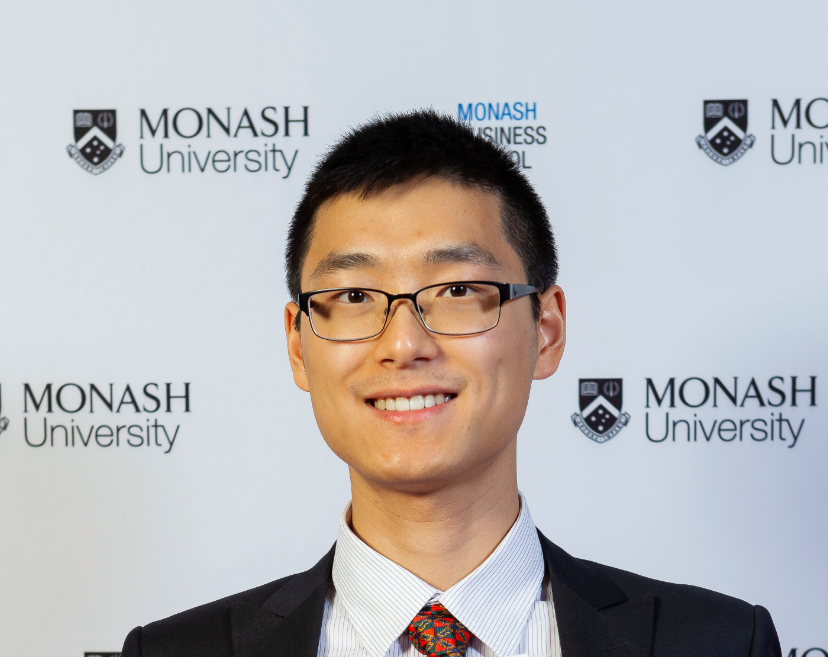Bao & Huang on gender biases in Chinese scientific committees, calling for policy reforms in academia.
Why are women underrepresented in China’s most distinguished academic committees? From the election data of these academic committees over a decade, Bao and Huang revealed that fewer women entered the recruitments of these committees, and social connections disproportionately influence male candidates’ success compared to their female counterparts. This revelation calls for an urgent reevaluation of recruitment practices. China had a long history of male preferences and stereotypes against women, especially intellectually. There is also a lack of reforms in the science sector to enhance gender equality in the country. The time for change is now—join us in this pivotal moment to address gender imparity and forge a brighter, more inclusive future for science.
WHAT IS THE MATTER?

Gender disparity in the realm of science has long been a disconcerting issue (Iaria et al., 2022). Several research papers have explored the situation in the US (Card et al., 2022, 2023), France (Combes et al., 2008), Spain (Zinovyeva and Bagues, 2015), and Sweden (Sandström and Hällsten, 2008), etc. However, apart from a few studies (Cao, 2004; Fisman et al., 2018), the literature on the China case is limited. Our recent research reveals a concerning trend in China’s leading scientific committees where women experience a lower likelihood of being nominated for elections, the initial step towards becoming a fellow. Even worse, when women do enter the elections and undergo assessment based on application materials and interviews, they face additional challenges, such as needing higher objective academic achievements to succeed, compared to their male counterparts. However, the impact of this disparity goes far beyond academia. Scientific committees, responsible for allocating research resources and shaping public projects, hold tremendous potential to benefit from greater diversity and inclusion.
Having accomplished women, and other under-represented groups, joining these prestigious academies can infuse fresh perspectives, innovative techniques, and managerial prowess into real-world applications. As a result, knowledge advancement is amplified, resource allocation for public goods improves, and technological innovation in the economy receives a powerful boost. Embracing diversity in scientific pursuits not only drives progress but also fosters the development of inclusive infrastructure that ultimately benefits society at large.
AN EXPLANATION FOR WOMEN’S UNDERREPRESENTATION

Cultural beliefs and stereotypes surrounding gender roles continue to influence interpersonal relationships in many countries, with potential implications reaching far beyond social interactions. Certain Chinese folktales perpetuate the notion that male friendships are inherently more loyal than female ones, inadvertently fostering biased treatment of male acquaintances. Bao and Huang (2022, 2023) use election data from the distinguished Chinese scientific groups, the Chinese Academy of Sciences and the Chinese Academy of Engineering, to reveal gender-specific favoritism in recruitment practices, with male candidates enjoying a higher likelihood of receiving fellowships.
We reveal that approximately 11% of male candidates were elected, compared to only 6% of female candidates. What is particularly striking is that male candidates with the same interpersonal relationships as female candidates, such as hailing from the same city or attending the same college as a recruitment committee member, significantly increased their chances of success. However, this advantage did not extend to female candidates.
This gender-specific favoritism has far-reaching consequences. Female candidates need significantly better objective academic achievements, such as higher publication and citation scores, to receive a fellowship. Most of such gender differences in success rates can be explained by men being treated more favorably for having connections with recruitment team members. The results suggest that gender differences in labor market outcomes can emerge even if men and women have the same professional network, and reducing favoritism may improve gender equality. To the best of our knowledge, there are no substantive movements in China fighting for diversity, equality, and inclusion in academia.
TAKEAWAYS
Gender-specific favoritism exists in scientific recruitment: social connections between recruiters and candidates can benefit men more than women, leading to gender-specific favoritism.
Gender disparity is significant: The gender disparity caused by gender-specific favoritism is substantial and cannot be explained by other factors, such as the quality of peer candidates or the gender composition of recruitment teams – women need better objective scientific achievements to succeed compared to their male counterparts due to gender-specific favoritism.
POLICY RECOMMENDATIONS
1. Blind recruitment processes:
They involve removing identifying information from resumes and applications, such as names and addresses, to ensure that candidates are evaluated solely on their qualifications and achievements. This helps reduce the impact of social connections on hiring decisions, promoting fairness, and equal opportunities for all applicants. By implementing such processes, organizations aim to create a level playing field, fostering diversity and inclusivity within the workforce and empowering talented individuals to contribute to a more equitable and innovative work environment.
2. Increase diversity in recruitment teams:
This entails including both men and women from diverse backgrounds in the recruitment process to ensure a more balanced perspective. By doing so, organizations can foster a fairer evaluation of candidates, reducing the potential for bias and promoting greater inclusivity in the hiring process. Diverse recruitment teams bring varied insights and experiences, allowing for a more comprehensive and objective assessment of applicants’ qualifications and potential. Ultimately, this approach paves the way for a more diverse and equitable workforce, strengthening the organization’s ability to harness the talents of individuals from all walks of life.
3. Provide training on unconscious bias:
Offer training on unconscious bias to aid recruiters in recognizing and mitigating their biases. This involves educating recruiters about the implications of gender-specific favoritism and equipping them with tools and strategies to minimize its influence on hiring decisions. By increasing awareness of unconscious biases, organizations can empower recruiters to make more objective and inclusive choices, ensuring a fairer and more equitable recruitment process. Such training helps create a work environment that values diversity and fosters equal opportunities for all candidates, ultimately leading to a more diverse and talented workforce.
4. Monitor and evaluate recruitment outcomes:
Organizations should regularly monitor and assess their recruitment outcomes to identify potential patterns or trends indicative of gender-specific favoritism or other biases. This entails collecting data on applicants, shortlisted candidates, and successful candidates, including information on gender, ethnicity, and other relevant characteristics. By analyzing this data, organizations can gain insights into potential disparities and take proactive measures to address any underlying biases in the recruitment process. Monitoring and evaluation promote transparency, accountability, and a commitment to fostering an inclusive and fair hiring environment. By continuously striving for improvement, organizations can build a workforce that reflects diversity, harnesses talent, and values equal opportunities for all.
Overall, these policy recommendations can help organizations promote gender equality in scientific fields by reducing the impact of social connections on hiring decisions. By creating a more level playing field for men and women based on objective qualifications and achievements, organizations can ensure that they select the best candidates for scientific positions regardless of their social connections or other factors unrelated to their abilities.
CONCLUSIONS
Our study contributes to the growing literature on gender bias (Alatas et al., 2009; Azoulay et al., 2019; Beugnot et al., 2019), particularly prejudice against women, and highlights the need for addressing gender-specific favoritism in scientific recruitment processes. Policymakers and researchers should work towards enhancing gender neutrality in fellow recruitment to improve social fairness and the allocation of public resources. Additionally, the findings emphasize the importance of recognizing and addressing the role of interpersonal relationships and favoritism in professional settings, as they can significantly impact career success and contribute to existing gender disparities.
Although there have been some preliminary policies implemented in China to encourage and promote women’s participation and inclusivity, there remains a significant journey ahead to achieve equality. Gender-specific favoritism in Chinese scientific recruitment practices is a stark reminder of the ongoing struggle for gender equality. It is essential to address and dismantle these biases and promote equal opportunities for all, regardless of gender and other characteristics.

